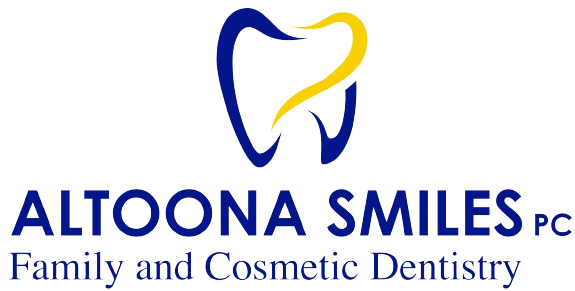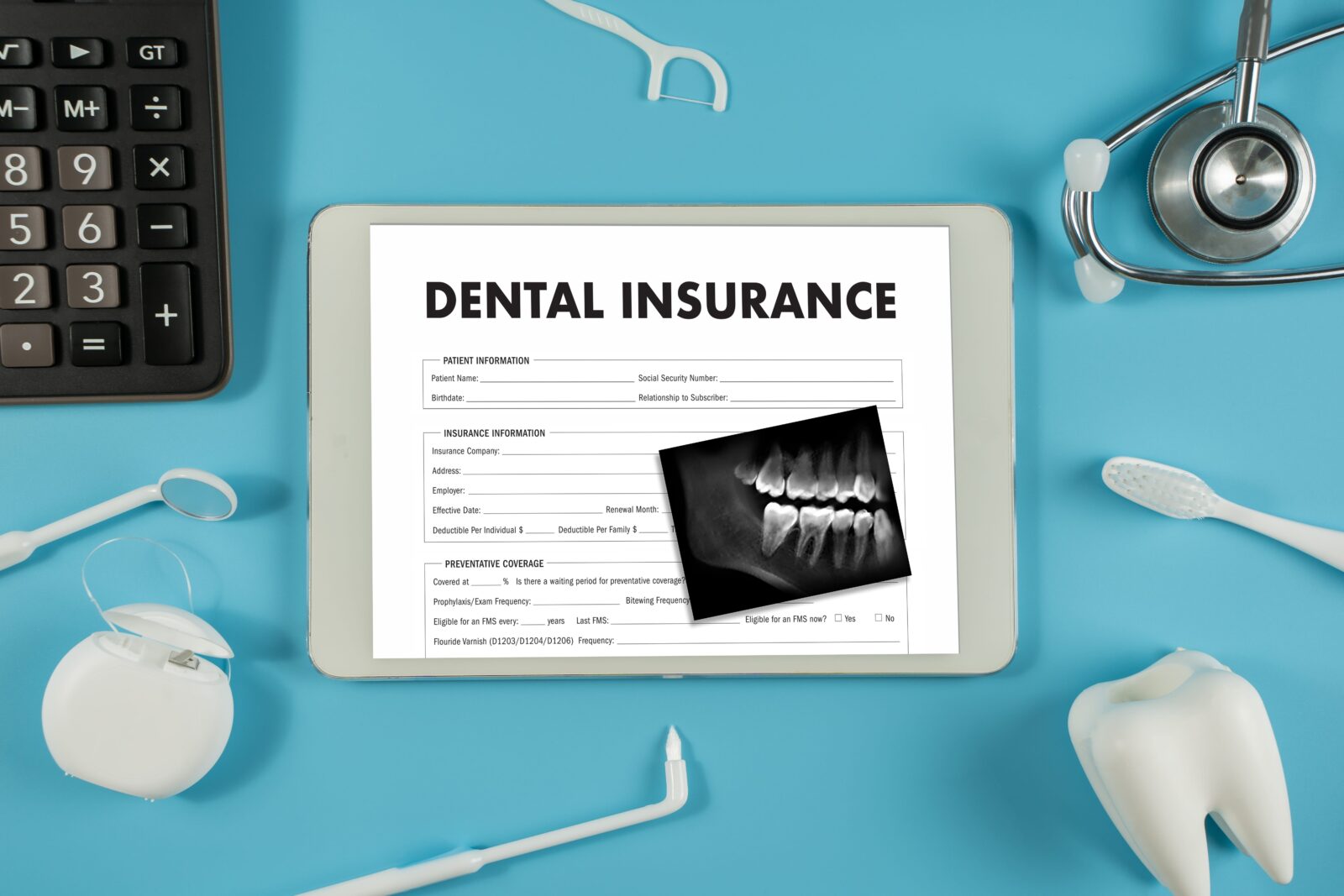Dental health is a crucial aspect of overall well-being, yet many overlook the importance of dental insurance. In this comprehensive guide, we’ll explore what dental insurance is, its benefits, and how to choose the right plan for your needs. Let’s dive into the world of dental coverage and discover how it can lead to a healthier, happier smile.
What is Dental Insurance?
Dental insurance is a type of health insurance specifically designed to cover a portion of the costs associated with dental care. It helps individuals manage the expenses of dental services, which can include routine preventive care, basic treatments, and more complex procedures. Here’s a brief overview of dental insurance and the types of plans available:
Preferred Provider Organization (PPO) Plans:
- How it works: PPO plans give you the flexibility to choose any dentist, but you’ll save more money if you use dentists within the plan’s network.
- Features: These plans often come with annual maximums and deductibles. You typically pay a percentage of the service cost (co-insurance).
Health Maintenance Organization (HMO) Plans:
- How it works: HMO plans limit coverage to dental care provided by dentists in the plan’s network. These plans usually offer a comprehensive range of services for a set fee with no annual maximums or deductibles.
- Features: Lower premiums compared to PPO plans, but less flexibility in choosing a dentist.
Indemnity Plans:
- How it works: These plans allow you to see any dentist and typically reimburse a percentage of the cost of services. You might have to pay upfront and then submit a claim for reimbursement.
- Features: Greater freedom of choice in dentists, but often more expensive and involve more paperwork.
Discount or Dental Savings Plans:
- How it works: These aren’t traditional insurance plans. Instead, you pay an annual fee and get access to a network of dentists who offer reduced rates to plan members.
- Features: No deductibles, co-pays, or paperwork, but you pay the dentist directly at the discounted rate.
Benefits of Dental Insurance

With dental insurance, preventive care like cleanings, X-rays, and check-ups are often fully covered. This encourages regular dental visits, leading to early detection of potential issues. Additionally, dental insurance offers cost savings on procedures like fillings and root canals and can significantly reduce the expenses for major dental work such as orthodontics. Generally speaking, coverage goes as follows:
- Preventive Care: Most plans cover preventive services like cleanings, exams, and X-rays at 100%.
- Basic Procedures: Basic procedures such as fillings, extractions, and periodontal treatment often have a lower coverage level than preventive care.
- Major Procedures: Procedures like crowns, bridges, dentures, and sometimes orthodontics are typically covered at the lowest percentage (e.g., 50%).
It is important to note that the exact level of coverage varies depending on the individual insurance plan.
Understanding Dental Insurance Terms
Navigating dental insurance policies can be daunting. Key terms include premiums (the cost you pay for insurance), deductibles (the amount you pay before insurance kicks in), and co-pays (your share of the service cost). Understanding these terms helps in choosing a plan that suits your financial and dental health needs. Here are some key terms and their definitions:
- Premium: The amount you pay for your dental insurance policy, usually on a monthly basis. This is essentially the cost of having the insurance.
- Deductible: The amount you pay out-of-pocket for dental services before your insurance begins to cover the costs. This is typically an annual amount.
- Co-payment (Co-pay): A fixed amount you pay for a dental service at the time of the visit. This is usually required for each visit or service and is separate from the deductible.
- Co-insurance: Your share of the costs of a dental service, expressed as a percentage. For example, if your insurance covers 70% of the cost of a procedure, your co-insurance would be the remaining 30%.
- Annual Maximum: The maximum amount your dental insurance plan will pay for covered services within a given year. After reaching this limit, you will have to pay 100% of the costs for dental services.
- Waiting Period: The length of time you must wait after starting a dental insurance policy before you can use some or all of the coverage. Waiting periods can vary for different services.
- Exclusions: Dental services that are not covered under your insurance plan. It’s important to know what is excluded to avoid unexpected expenses.
- Network: The group of dentists and dental clinics that have an agreement with the insurance company to provide services at predetermined rates. Staying within the network usually means lower costs.
- Out-of-Network: Refers to dentists and dental clinics that are not part of the insurance company’s network. Visiting an out-of-network provider often results in higher out-of-pocket costs.
- Pre-existing Condition: A dental problem that existed before the start date of an insurance policy. Some plans may not cover treatments related to pre-existing conditions.
- Preventive Care: Dental services that focus on prevention of disease, such as cleanings, exams, and X-rays. These are often covered at higher percentages than other types of care.
- Explanation of Benefits (EOB): A statement from the insurance company explaining what treatments were covered, the amount billed, the payment made by the insurer, and what the patient is responsible for paying.
Understanding these terms can help you better comprehend your dental insurance plan and assist in making informed decisions regarding your dental care needs and finances.
How to Choose a Dental Insurance Plan
Selecting the right dental insurance plan can be a key factor in maintaining your oral health and managing dental care costs. Here’s a concise guide to help you make an informed decision:
1. Assess Your Dental Care Needs
- Personal Dental Health: Consider your current dental health and any known issues. If you frequently need fillings, root canals, or orthodontic work, you may want a plan with extensive coverage.
- Family Needs: If choosing a plan for your family, consider the varying needs of all members, including children and elderly relatives.
2. Understand Different Types of Plans
- Research the different types of dental insurance plans like PPO, HMO, Indemnity, and Discount Plans. Understand their network restrictions, coverage options, and payment structures.
3. Compare Coverage Levels
- Preventive Care: Look for plans that cover preventive services like cleanings, exams, and X-rays at 100%.
- Basic Procedures: Check coverage for basic procedures like fillings and extractions. Some plans cover these at 70-80%.
- Major Procedures: If you anticipate needing major dental work, check how much the plan covers for services like crowns, bridges, and dentures.
4. Check Network Restrictions
- If you have a preferred dentist, ensure they are in-network for the plan you consider. Using out-of-network dentists usually results in higher out-of-pocket costs.

5. Consider Cost Factors
- Premiums: Balance the cost of monthly premiums against the extent of coverage.
- Deductibles: Understand how much you will have to pay out-of-pocket before insurance kicks in.
- Co-pays and Co-insurance: Consider these costs for regular dental visits and procedures.
- Annual Maximums: Be aware of the annual cap on what the insurance will pay.
6. Look for Waiting Periods
- Some plans have waiting periods for certain procedures. Ensure these align with your immediate and future dental needs.
7. Read Reviews and Get Recommendations
- Look for customer reviews or ask for recommendations from friends or family members. Personal experiences can provide valuable insights.
8. Consider Additional Benefits
- Some plans may offer extra benefits like discounts on orthodontic care or specialized treatments.
9. Evaluate Policy Limitations and Exclusions
- Carefully read what’s not covered. Some plans might exclude pre-existing conditions or specific types of treatments.
10. Ask Questions
- If anything is unclear, contact the insurance provider for clarification. It’s important to fully understand the plan before enrolling.
Conclusion
Dental insurance is a tool that can significantly impact your dental health and budget. By understanding your needs and the options available, you can make an informed decision about your dental care coverage.







